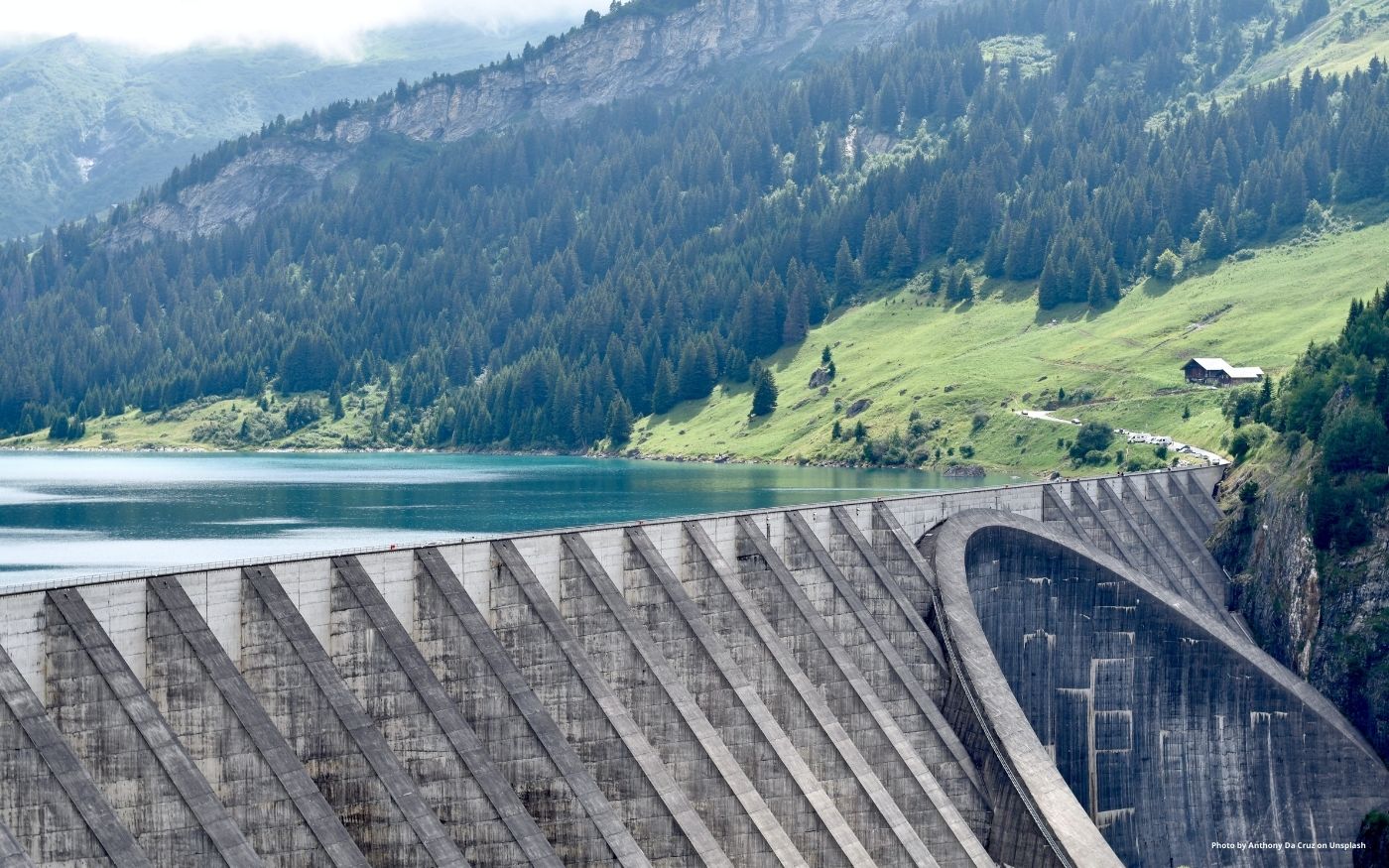Research by: Sebastian C. Ibañez, Carlo Vincienzo G. Dajac, Marissa P. Liponhay, Erika Fille T. Legara, Jon Michael H. Esteban, & Christopher P. Monterola
EXECUTIVE SUMMARY
In 2019, Metro Manila, the economic and cultural center of the Philippines and home to a population of over 12 million, suffered one the worst water shortage crises in the past decade. Low water levels in nearby reservoirs triggered daily rotational service interruptions, forcing residents to line up daily to meet their water consumption needs. Forecasting water levels happens to be one of the more challenging tasks for operators and planners in the water supply management domain. Although water levels mainly depend on the inflows to the reservoir and outflow releases for purposes such as water consumption, irrigation, hydroelectric power, etc., there may be uncertainties in other related variables, such as long-term changes in the dynamics of rainfall and unforeseen fluctuations in consumer demand.
This paper examines the short-term and long-term forecasting performance of several statistical and machine learning-based methods for predicting the water levels of the Angat Dam in the Philippines. Angat Dam caters to more than 90% of the water requirement of Metro Manila and serves as a significant source of irrigation and power requirement of nearby provinces. We compare a total of six forecasting methods are compared: naïve/persistence; seasonal mean; autoregressive integrated moving average (ARIMA); gradient boosting machines (GBM); and two deep neural networks (DNN) using a long short-term memory-based (LSTM) encoder-decoder architecture: a univariate model (DNN-U) and a multivariate model (DNN-M). Daily historical water levels from 2001 to 2021 are used in predicting future water levels. In addition, we include meteorological data (rainfall and the Oceanic Niño Index) and irrigation data as exogenous variables. To evaluate the forecast accuracy of our methods, we use a time-series cross-validation approach to establish a more robust estimate of the error statistics. Our results show that our DNN-U model has the best accuracy in the 1-day-ahead scenario with a mean absolute error (MAE) and root mean square error (RMSE) of 0.2 m. In the 30-day-, 90-day-, and 180-day-ahead scenarios, the DNN-M shows the best performance with MAE (RMSE) scores of 2.9 (3.3), 5.1 (6.0), and 6.7 (8.1) meters, respectively. Additionally, we demonstrate that further performance improvements are possible by scanning over all possible combinations of the exogenous variables and only using a subset of them as features.
The work provides a comprehensive framework for evaluating water level forecasting by defining a baseline accuracy, analyzing performance across multiple prediction horizons, using time series cross-validation to assess accuracy and uncertainty, and examining the effects of exogenous variables on forecasting performance. In the process, our work addresses several notable gaps in the methodologies of existing works. The results have been deployed to Manila Water and are now part of the leadership team’s system for intervention and strategic planning.
Keywords: Dam water level; Time series forecasting; Machine learning; Deep neural networks; Long-Short-Term Memory
To cite this article: Ibañez, S. C., Dajac, C. V. G., Liponhay, M. P., Legara, E. F. T., Esteban, J. M. H., & Monterola, C. P. (2022). Forecasting reservoir water levels using deep neural networks: A case study of Angat Dam in the Philippines. Water, 14(1), 34. https://doi.org/10.3390/w14010034.
To access this article: https://doi.org/10.3390/w14010034
About the journal
Water is an open access journal on water science and technology, including the ecology and management of water resources, and is published semimonthly online by MDPI. Water collaborates with the International Conference on Flood Management (ICFM) and Stockholm International Water Institute (SIWI). In addition, the American Institute of Hydrology (AIH), and The Polish Limnological Society (PLS) are affiliated with Water.
Journal ranking
| Chartered Association of Business Schools
Academic Journal Guide 2021 |
Not included in ABS ranking |
| Scimago Journal & Country Rank | SJR55 |
| Scopus | CiteScore 2020: 3.7 |
| Journal Citation Reports (Clarivate) | JCI2020: 0.66
Impact Factor: 3.103 |





